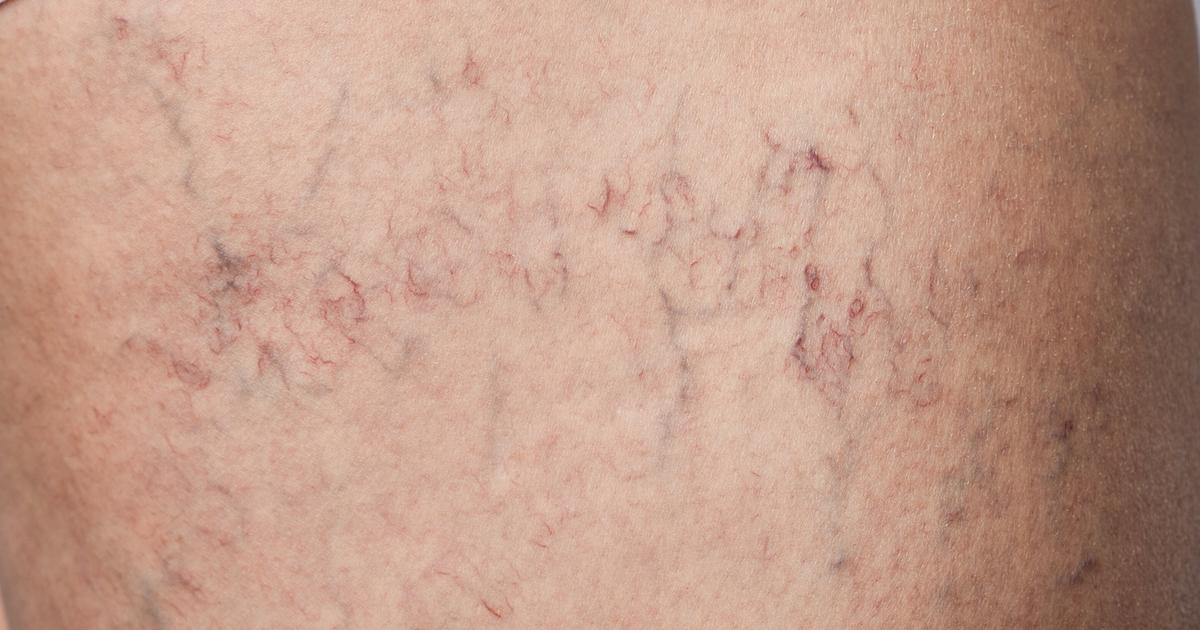10 Unmissable Signs You Might Have Ataxia-Telangiectasia - No Doctor's Appointment Needed
Watching a child grow, we eagerly anticipate each new milestone. But what if subtle, unsettling changes begin to emerge, hinting at something deeper than typical developmental variations? Ataxia-telangiectasia (A-T) is a rare, progressive neurodegenerative disorder that typically manifests in infancy or early childhood, impacting vital functions from movement and immune response to skin health. While diagnosis requires comprehensive medical evaluation, recognizing its distinct early indicators is absolutely critical. This understanding empowers parents and caregivers to seek timely professional guidance. We'll unveil 10 unmissable signs that might suggest the presence of A-T, not for self-diagnosis, but to equip you with the knowledge to initiate crucial conversations with your doctor, paving the way for early intervention and supportive care.
1. Poor Coordination

A healthy individual's body movements do not require a significant amount of effort and flow together seamlessly, such as throwing a ball, picking up an object, and walking. To produce these movements, muscle groups made of several independent muscles must work together perfectly. Uncoordinated movement and poor coordination describe when there is an interruption in the communication process between the brain, the muscles, and the muscle systems required to produce normal coordinated movements. An individual affected by ataxia-telangiectasia may begin to lose their balance easily when walking and or standing. A patient may lose the ability to perform tasks that require fine motor skills such as pouring a glass of milk, buttoning a shirt, handwriting, or eating with utensils. An individual who has poor coordination due to ataxia-telangiectasia may eventually lose their ability to move their arms and legs.
2. Small Dilated Blood Vessels

An individual affected by ataxia-telangiectasia may present with small dilated blood vessels or telangiectasias. Small dilated blood vessels appear at the surface of an affected individual's mucous membranes and skin. These small blood vessels appear as red or pink lines that blanch, or turn white when pressure is placed on them. These vessels appear in clusters or alone and typically take on a corkscrew-like shape. The most prevalent areas of the body where small dilated blood vessels form in ataxia-telangiectasia patients are in the whites of the eyes, neck, ears, and extremities. At first, the small dilated blood vessels in a patient's eyes may be mistaken for eyes that are bloodshot as a result of allergies or pink eye. Small dilated blood vessels are a symptom rarely found in infants affected by ataxia-telangiectasia and are not common among very young children who are affected. Areas of skin that are regularly exposed to sunlight are at a greater susceptibility for developing small dilated blood vessels. While this symptom typically does not pose any medical issues for the patient, the telangiectasia may be cosmetically unappealing.
